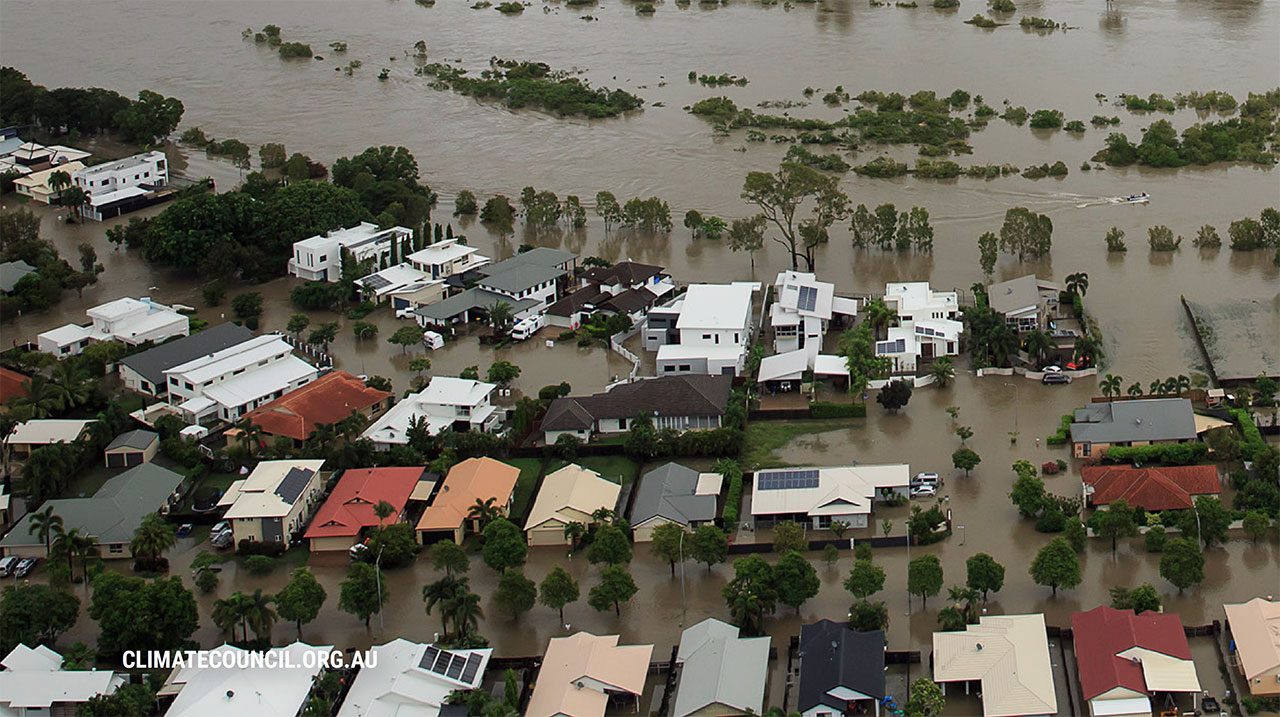This article is from the Australian Property Journal archive
THE NSW government has scrapped plans for more than 10,000 Western Sydney homes that would be built in high-risk flood plains, while a key property industry body has called for the state to come up with a “Plan B” new housing supply in their place.
Following assessment and review of expert advice on flooding, it has been determined the proposed rezoning and draft plans for Marsden Park North precinct and Riverstone Town Centre will not proceed. Plans for the West Schofields precinct will partially proceed, subject to strict conditions.
The three projects fall within the Hawkesbury-Nepean Valley floodplain and were put on hold in 2020 until further flood risk investigations and evacuation modelling were completed.
It means that of the approximately 12,700 new homes previously proposed – but not approved – under the three rezonings, only up to 2,300 will now proceed.
The government has released the Flood Evacuation Modelling report for the Hawkesbury-Nepean Valley, which informed the rezoning decisions. The former NSW government commissioned an independent expert inquiry led by Mary O’Kane and Mick Fuller into the preparation for, causes of, response to and recovery from the catastrophic 2022 flood event across NSW.
“By stopping unsafe development in dangerous areas on flood plains, and with our Government’s work to reduce the risk of disasters before they happen, we’re making sure communities across Western Sydney, in areas including Penrith, Blacktown and Riverstone, are finally supported and better protected,” said Minister for Western Sydney, Deputy Premier Prue Car.
The Hawkesbury-Nepean Valley covers over 500 square kilometres of floodplain in Western Sydney, stretching from Wallacia to Brooklyn and Wisemans Ferry. It includes land in Hawkesbury, Hills, Blacktown, Penrith, Central Coast, Wollondilly, Liverpool and Hornsby Local Government Areas with more than 140,000 people living or working in the floodplain.
Tom Forrest, chief executive of developer lobby group Urban Taskforce, called on the NSW government to come up with a “Plan B” for new housing in Western Sydney.
“NSW is required to deliver 376,000 new dwellings in the five years from July 2024, so development opportunities need to be firing on all cylinders – meaning the need for both infill and greenfield housing,” he said.
Two immediate steps that could help fill the void created by the government’s decision included allowing for greater flexibility in the Metropolitan Rural Areas (MRA) that are not flood-prone, and reducing the impact of the new Sydney Water Development Service Plan tax on the housing supply, he said.
“Ruling out 10,000 new homes in the middle of a housing supply crisis demands an alternate solution to housing supply,” Forrest said.
“Particularly in the short term, we can’t solve the housing supply crisis through infill development alone.”
He said the MRA affects rural land, rural villages, first nations cultural heritage, land with environmental significance, view corridors and vistas, and “character” of town villages, the tourism and recreation opportunities in the area.
“This is on top of the relevant State Environment Planning Policies (SEPPs) the Local Environment Plans, the Local Strategic Planning Statements and the District Plans. The MRA is a planning double. It is duplicative layers of red tape that quarantines land that could be developed for housing.
“The current interpretation of the MRA in the Region Plan has become completely inflexible through narrow interpretation by Councils un-challenged by DPE. When it was introduced, the MRA was meant to be a guideline. Unfortunately, many councils are treating the MRA as an additional overlay of strategic planning; a cover-all opportunity to say no to development. Now we have a crisis and today’s decision to remove up to 10,000 dwellings from the supply catalogue will make things worse.”
He added there a “real fear” that the additional infrastructure costs – in the case of Greater Macarthur more than $46,000 per lot – will cruel the delivery of new housing in many parts of Sydney West.




